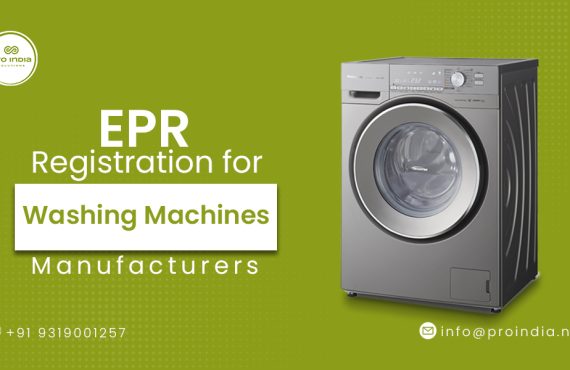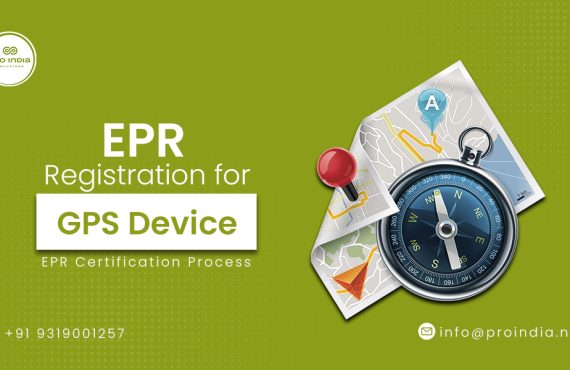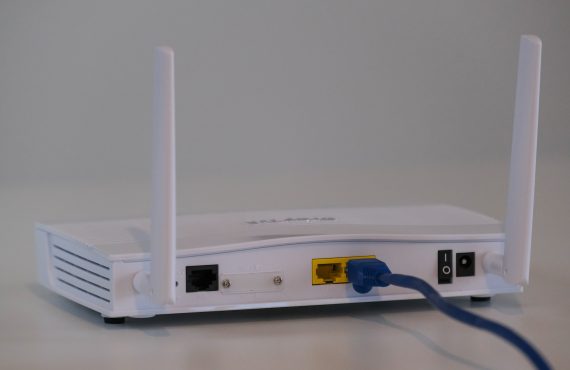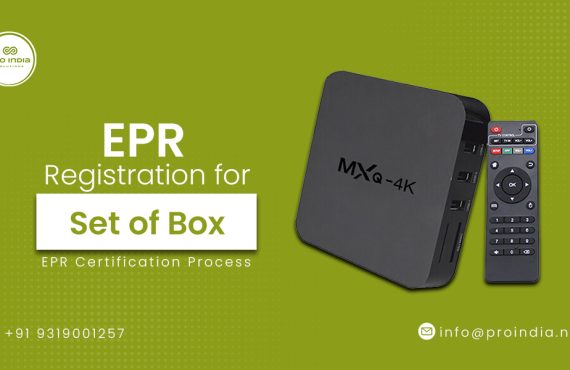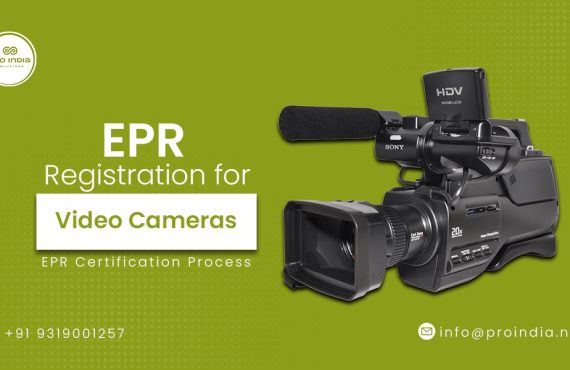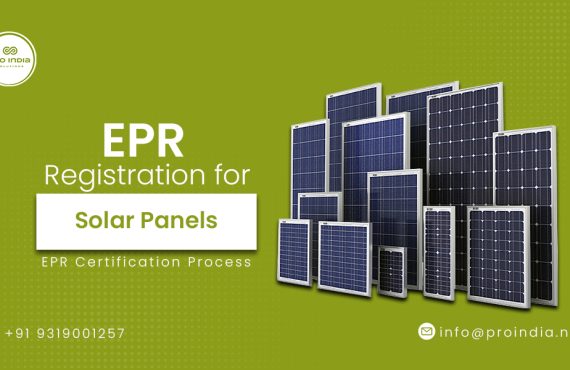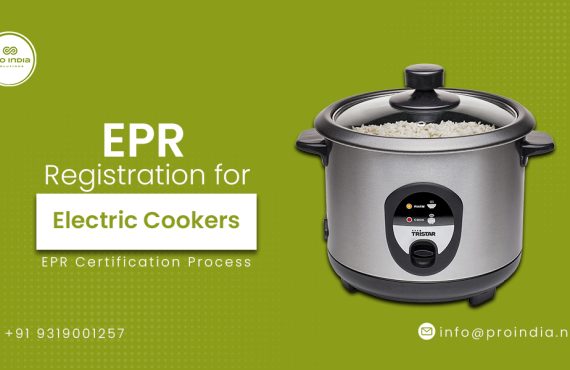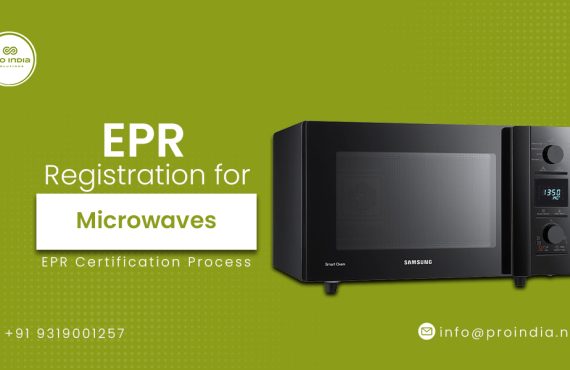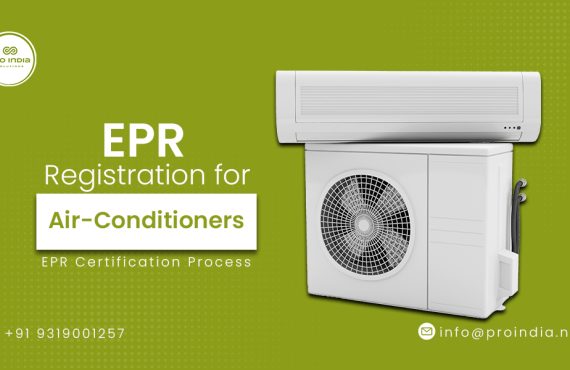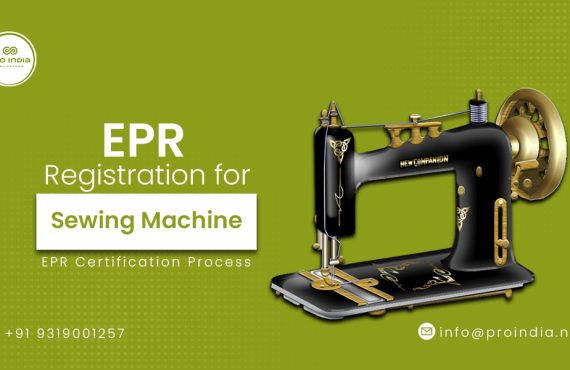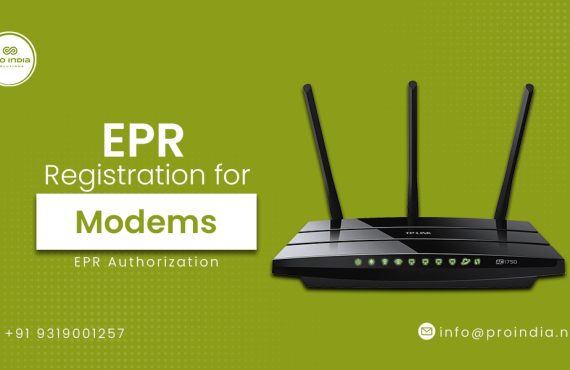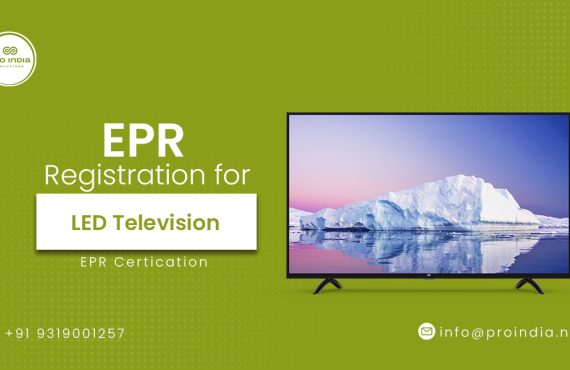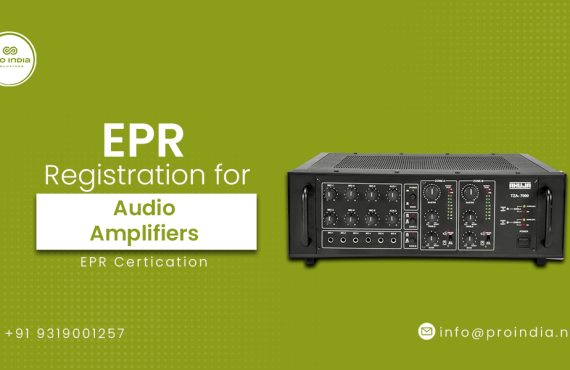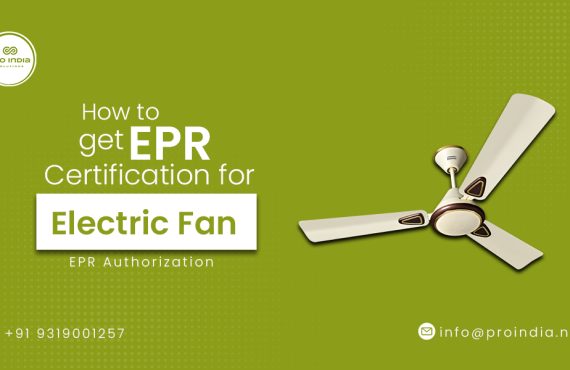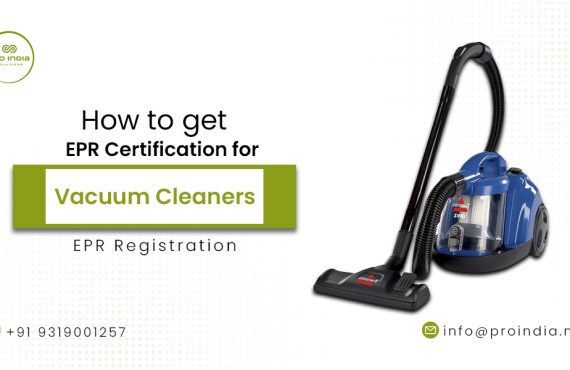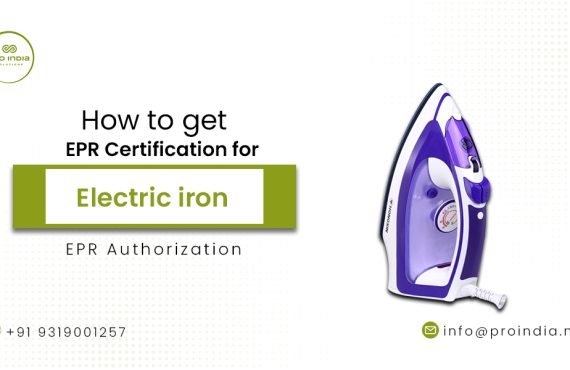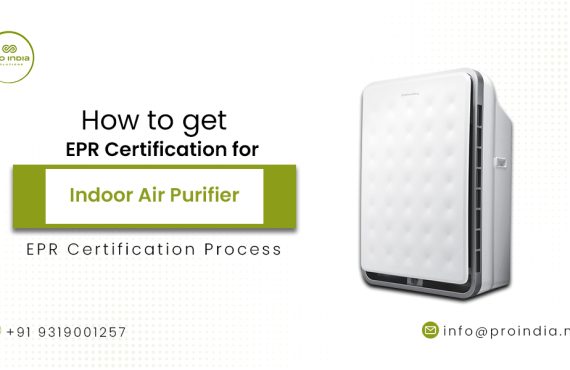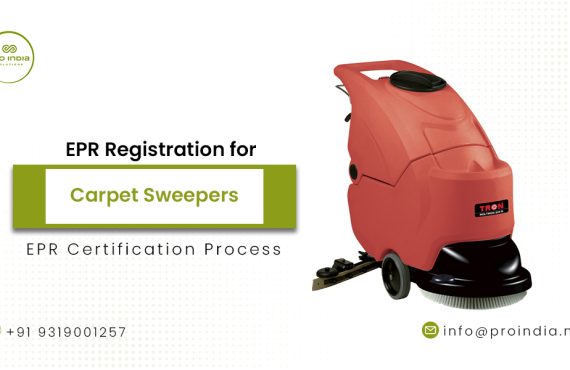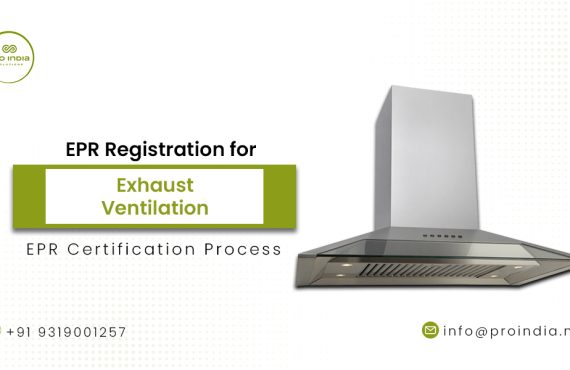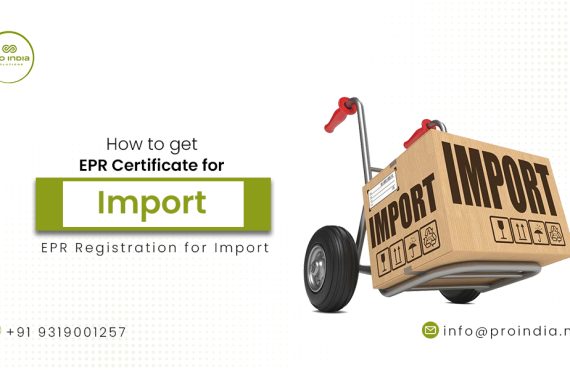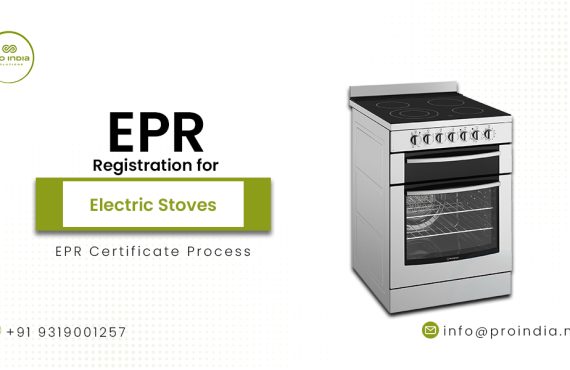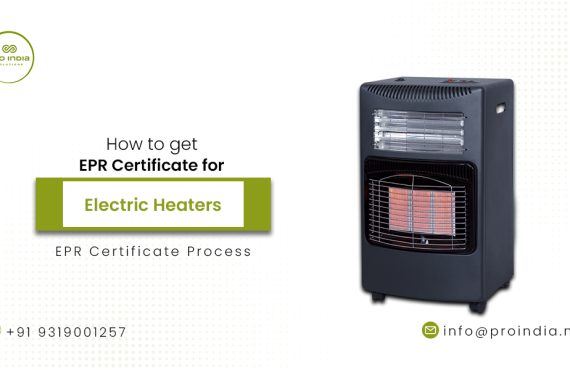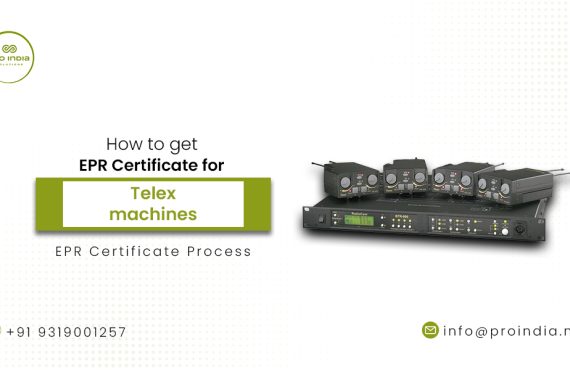It is crucial for organizations and individuals to keep up with the most recent environmental certifications and standards given how quickly technology is developing. The Extended Producer Responsibility (EPR) certification for printers is one example of such certification. This accreditation guarantees that printers are produced, utilized, and disposed of in a way that is environmentally friendly. This thorough tutorial will take you step-by-step through getting an EPR Certification for Printers.
Understand the Importance of EPR Certification :
It’s important to comprehend the need for EPR certification before beginning the certification procedure. EPR certificates encourage eco-friendly behaviors, waste minimization, and the responsible disposal of electronic waste. You may prove your dedication to environmental stewardship, get a competitive edge, and help create a better future by earning an EPR certification.
Research EPR Certification Programs :
The next step is to research and identify the EPR certification programs available for printers. Several organizations and regulatory bodies offer such certifications. Examples include the Electronic Product Stewardship Canada (EPSC) program, EPEAT (Electronic Product Environmental Assessment Tool), and various regional and national programs. Compare their requirements, credibility, and industry recognition to choose the most suitable certification program for your needs.
Assess Compliance Requirements:
Once you have selected an EPR certification program, thoroughly review its compliance requirements. These requirements typically include guidelines for printer design, materials, energy efficiency, recycling programs, and end-of-life management. Ensure that your printers meet these criteria or make necessary modifications to comply with the certification standards.
Partner with Certified Suppliers :
To ensure compliance with EPR certification, collaborate with certified suppliers and manufacturers. Verify that they adhere to sustainable production practices, use eco-friendly materials, and participate in recycling and take-back programs. This collaboration will not only help you achieve certification but also strengthen your supply chain’s environmental performance.
Implement Sustainable Practices :
To obtain an EPR certification, you must demonstrate your commitment to sustainable practices beyond just the product itself. This includes adopting energy-efficient manufacturing processes, reducing waste generation, implementing recycling programs, and promoting responsible product use and disposal. Document and track these practices to showcase your environmental initiatives during the certification process.
Collect and Submit Required Documentation:
The certification program will require specific documentation to support your application. This may include product specifications, test reports, recycling agreements, and environmental management system certifications. Organize and prepare all necessary documents to ensure a smooth application process.
Conduct Audits and Inspections
Most EPR certification programs require on-site audits or inspections to validate compliance. These assessments may be conducted by program representatives or third-party auditors. Be prepared to showcase your sustainable practices, provide access to relevant facilities, and address any identified non-compliance issues promptly.
Maintain Compliance and Renewal
Obtaining an EPR certification is not a one-time achievement. To maintain your certification, you must continue adhering to the program’s requirements. Periodic audits and reviews will be conducted to ensure ongoing compliance. Additionally, certifications may have expiration dates, requiring renewal at specific intervals. Stay up to date with any changes in certification standards to ensure continuous compliance.
The procedure to get an EPR Certificate for Printers:
Obtaining an EPR (Extended Producer Responsibility) certificate for printers involves a comprehensive approach toward environmental sustainability. EPR programs are designed to shift the responsibility for managing the environmental impact of a product from the end-user to the manufacturer. Here are the steps involved in acquiring an EPR certificate for printers:
-
- Compliance Assessment: The first step is to assess the existing printer models and determine their compliance with EPR regulations. This involves evaluating factors such as the materials used, energy efficiency, and recyclability of the printers. Manufacturers may need to redesign their products or make adjustments to ensure they meet the required standards.
- Environmental Design Considerations: Manufacturers should prioritize eco-friendly design principles during the product development phase. This includes using recyclable or biodegradable materials, reducing energy consumption during operation, and minimizing the use of hazardous substances. By implementing these design considerations, manufacturers can enhance the environmental performance of their printers.
- Recycling Programs: Implementing effective recycling programs is a crucial aspect of obtaining an EPR certificate. Manufacturers must establish mechanisms to collect and recycle end-of-life printers. This can involve setting up dedicated collection points, partnering with authorized recycling facilities, or working with third-party organizations specializing in electronic waste management. Documentation of these recycling efforts is typically required as part of the certification process.
- Responsible Disposal: Proper disposal practices are essential to ensure minimal environmental impact. Manufacturers must educate customers about the appropriate methods of disposing of their printers, such as utilizing authorized recycling facilities or participating in take-back programs. Providing clear instructions on how to handle printer waste helps prevent improper disposal and promotes responsible e-waste management.
- Certification Application: Once all the necessary measures are in place, manufacturers can proceed with applying for an EPR certificate. This typically involves submitting documentation and evidence demonstrating compliance with specific EPR requirements. The certification process may vary depending on the region or country where the printers are being manufactured and sold.
By obtaining an EPR certificate for their printers, manufacturers demonstrate their commitment to sustainability and responsible product stewardship. It not only helps them meet regulatory obligations but also showcases their dedication to minimizing the environmental impact of their products throughout their lifecycle.
Conclusion :
Achieving an EPR certification for printers is a significant accomplishment that demonstrates your commitment to environmental responsibility. By following the step-by-step guide outlined in this blog, you’ll be well-equipped to navigate the certification process successfully. Remember, the certification journey doesn’t end with obtaining the certification; it requires continuous adherence to sustainable practices and periodic renewal. Embrace the opportunity to contribute to a greener future by obtaining an EPR certification for your printers.
Contact our experts now to meet your compliance requirements.





